#Oceania
Text
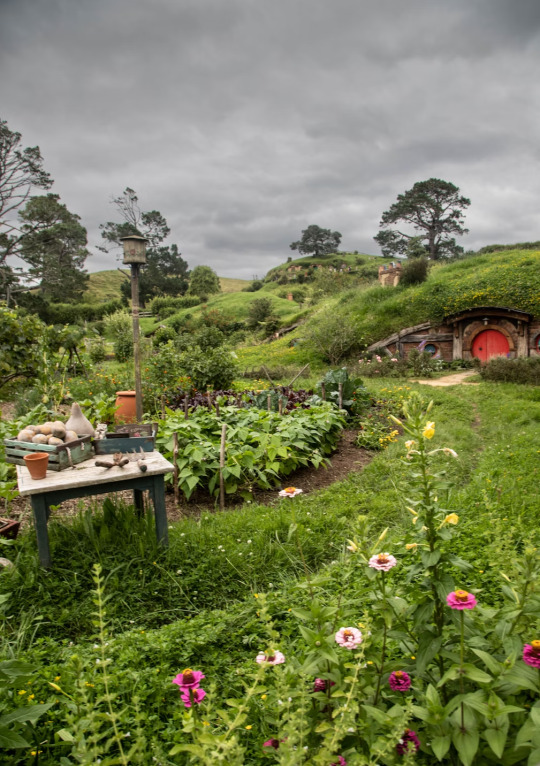




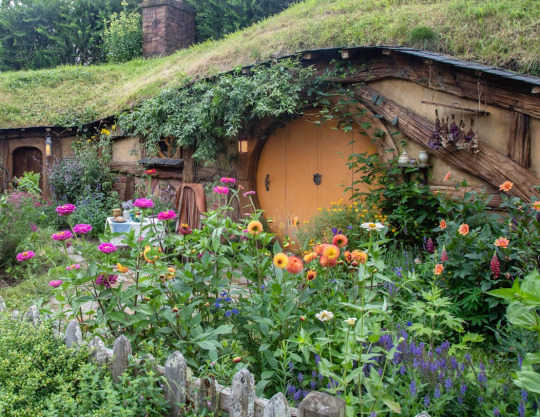

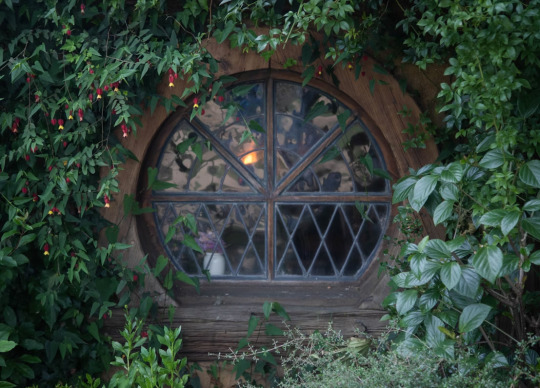
Hobbiton Movie Set, Matamata, New Zealand
John Thomas
#Hobbiton Movie Set#Matamata#New Zealand#Fav#Oceania#Movie Set#Hobbit#The Hobbit#LOTR#Movie Locations#Hobbit Hole#Hobbit House#Film Locations
77 notes
·
View notes
Text

Māori child, Aotearoa/New Zealand, by Maania Tealei
#maori#aotearoa#new zealand#polynesia#oceania#traditional clothing#traditional fashion#cultural clothing#folk clothing
6K notes
·
View notes
Text





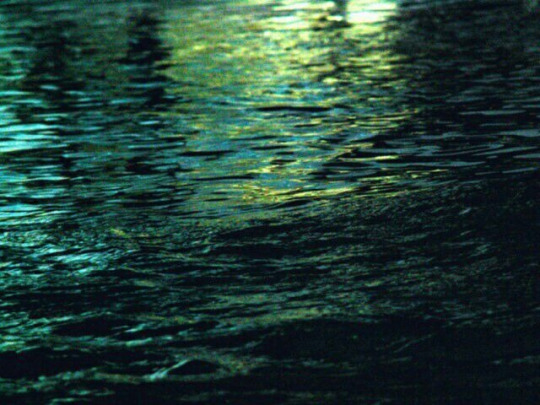
Aes request for anon ~ Green waves
#ocean#ocean aesthetic#sea#seacore#seascape#mermaidcore#water#siren#sirencore#waves#green#moodboard#green waves#oceania#lovely#deep ocean#ocean eyes#lakes#beach#beautiful#beauty#athena#tidal wave#tide#sea waves#surf paradise#dark aesthetic
2K notes
·
View notes
Text
Please reblog for a bigger sample size!
If you have any fun fact about Aotearoa New Zealand, please tell us and I'll reblog it!
Be respectful in your comments. You can criticize a government without offending its people.
539 notes
·
View notes
Text

Mount Cook, New Zealand (by Arthur Hinton)
Enjoy our curated content? You can support us here.
#curators on tumblr#li_destinations#wanderlust#travel#explore#mount cook#new zealand#oceania#mountain#mountains#wintercore
659 notes
·
View notes
Text
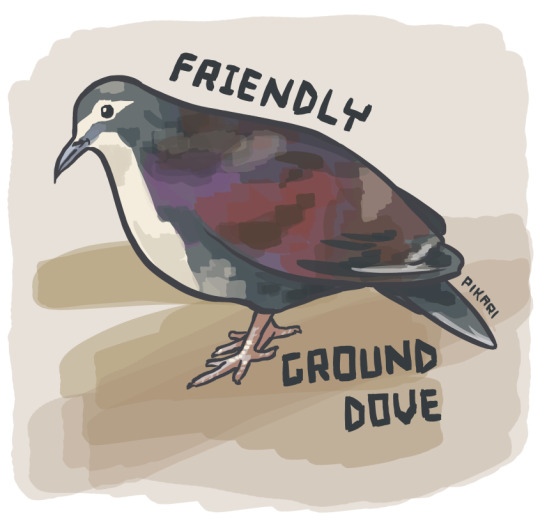
Bears, sharks? They get to be grumpy all they want. But me? Can I have a bad day? Oh, no, I’m the friendly dove! Oh so friendly! *waddles away muttering incoherently*
Tongan Ground Dove (Pampusana stairi) AKA Friendly Ground Dove
Samoa, Tonga, Fiji, Wallis and Futuna
Status: Vulnerable
Threats: habitat loss
326 notes
·
View notes
Text

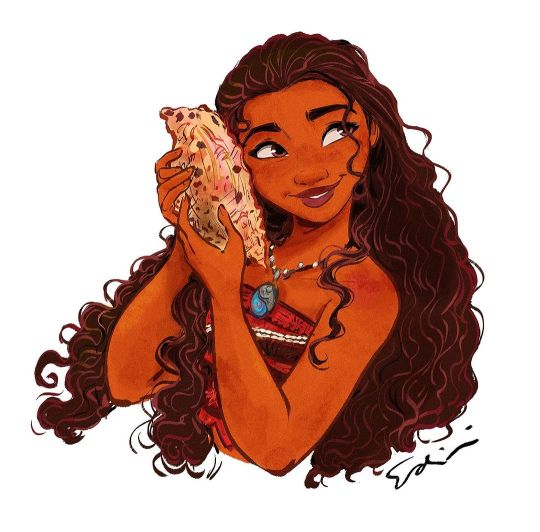
Moana by Samanta Erdini @erdiniart
#moana#moana (2016)#moana 2#moana 2 (2024)#samanta erdini#disney#disney artists#vaiana#oceania#disney princess
172 notes
·
View notes
Photo
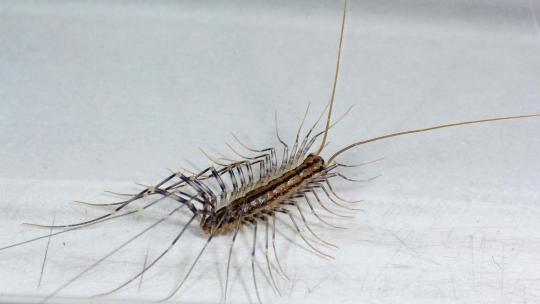
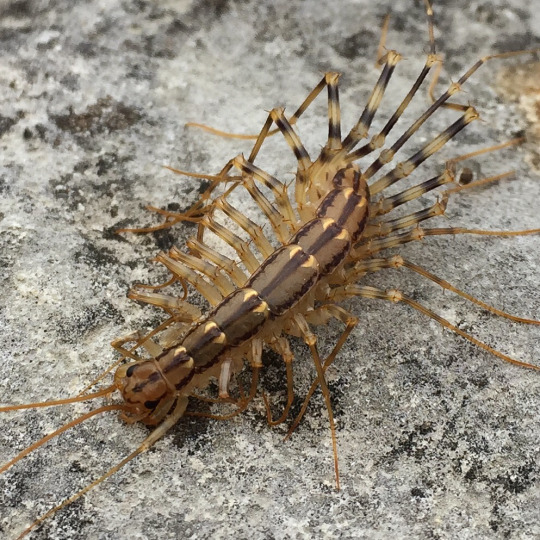
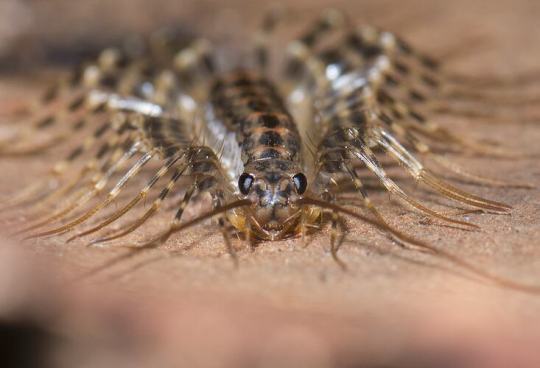
Open Your Home to the Common House Centipede
A common sight in homes throughout Europe, Asia, the Americas, and Australia the common house centipede (Scutigera coleoptrata) is a medium-sized species of centipede originally from the Mediterranean. In the wild, they prefer grasslands and deciduous forests where they can hide under rocks, logs, or leaf litter. These insects have also adapted well to urban development, and are frequently found in basements, bathrooms, and garages, as well as gardens and compost piles.
Like other centipedes, the common house centipede has less than 100 legs; in fact, they only have 15 pairs, with the front pair used only for holding prey or fending off threats. All those legs let the common house centipede move up to 0.4 meters per second (1.3 ft/s) over a variety of surfaces, including walls and ceilings. The actual body of S. coleoptrata is only 25 to 35 mm (1.0 to 1.4 in) long, but the antennae are often as long as the body which can give this insect a much larger appearance. However, they can be hard to spot, especially in their natural environments; their tan and dark brown coloration allows them to blend in seamlessly to surrounding vegetation.
Though they pose little threat to humans, house centipedes are predatory. Their primary food source is other arthropods, including cockroaches, silverfish, bed bugs, ticks, ants, and insect larvae. S. coleoptrata is a nocturnal hunter, and uses its long antennae to track scents and tactile information. Their compound eyes, unusual for centipede species, can distinguish daylight and ultraviolet light but is generally used as a secondary sensory organ. When they do find prey, house centipedes inject a venom which can be lethal in smaller organisms, but is largely harmless to larger animals. This makes them important pest controllers. In the wild, house centipedes are the common prey of rodents, amphibians, birds, and other insects.
The mating season for S. coleoptrata begins in the spring, when males and females release pheromones that they can use to find each other. Once located, the male spins a silk pad in which he places his sperm for the female to collect. She then lays fertilized eggs in warm, moist soil in clutches of 60-150. These eggs incubate for about a month, and the young emerge with only four pairs of legs. Over the next three years, juvenile house centipedes molt 7 times, each time gaining new pairs of legs. After they grow their last pair of legs, immature house centipedes molt an additional 3 times, at which time they become sexually mature. If they can avoid predation, individuals can live up to 7 years in the wild.
Conservation status: The common house centipede has not been evaluated by the IUCN, as it is relatively common both in the wild and in urban areas. Although they have been introduced to areas outside their native range, no detrimental environmental effects have been associated with their spread.
If you like what I do, consider leaving a tip or buying me a ko-fi!
Photos
Joseph Berger
David Paul
Conrad Altman via iNaturalist
#common house centipede#Scutigeromorpha#Scutigeridae#centipedes#myriapoda#myriapods#insects#arthropods#deciduous forests#deciduous forest arthropods#grasslands#grassland arthropods#urban fauna#urban arthropods#europe#north america#south america#asia#australia#oceania#animal facts#zoology#biology
621 notes
·
View notes
Text
Wonderful news from the Cyclops Mountains of West Papua today with the rediscovery of Attenborough's long-beaked echidna (Zaglossus attenboroughi)!

(Image credit: Expedition Cyclops)
Previously known a single specimen collected in 1961, Attenborough's long-beaked echidna has long been one of the world's most elusive mammals. Recognised as a distinct species in 1998, an expedition to the Cyclops Mountains in 2007 failed to observe the echidna but found evidence of recent diggings and foraging activity which, alongside local knowledge, implied that the species still survived in those remote mountain forests.
Finally, just a few months ago, a new expedition into its remote mountain home by Expedition Cyclops caught the first ever footage of Attenborough's long-beaked echidna in the wild, which is also the first time it has been seen by scientists in over 60 years. In a remarkable stroke of luck, the echidna was captured on the last of over 80 camera traps on the final day of the trip!
Attenborough's long-beaked echidna is the most distinctive of the three species of long-beaked echidna thanks to its smaller size, shorter, straighter beak and reddish-brown fur. Its habits are virtually unknown, but its differently shaped beak may suggest that it differs in diet and feeding habits from the other two long-beaked echidna species. It appears to be endemic to the highest elevations of the Cyclops Mountains, which are steep, extremely rainy and treacherous to explore, hence why it remained hidden for so long.

(Image credit: Expedition Cyclops)
There are only five species of monotreme alive today, the sole living custodians of a lineage stretching back some 200 million years, and this makes each species extraordinarily valuable. Unfortunately, all three species of long-beaked echidna are threatened with extinction, with Attenborough's long-beaked echidna being classed as critically endangered. Losing any species is a tragedy, but for a group as small and precious as monotremes, any extinction would be especially disastrous.
Alongside the rediscovery of the echidna, Expedition Cyclops also made the first record of Mayr's honeyeater (Ptiloprora mayri) in 16 years and discovered dozens of new species of insects, arachnids, shrimp and frogs. Their work documenting the hidden biodiversity of the Cyclops Mountains is ongoing, so if you'd like to follow and support the expedition make sure to visit their website!
https://www.expeditioncyclops.org/
#oceania#papua#west papua#new guinea#wildlife#mammal#mammals#monotreme#monotremes#echidna#echidnas#animal facts#animal news#mammalogy#natural history#my stuff
287 notes
·
View notes
Text
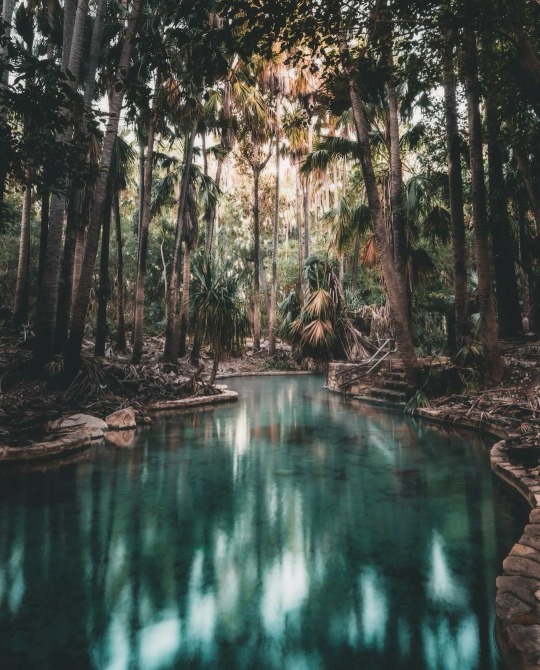
Mataranka Thermal Pools / Australia (by Ben Arzh).
309 notes
·
View notes
Text
I'm currently writing a paper on signed communication systems in the South Pacific for one of my Uni classes, and there's this one source that's just hitting me different. It's about a man named Kagobai who was the only deaf person in the islanders' living memory, so in order to communicate he just straight up developed his very own sign language from scratch. His signs were only ever documented once, back in the early 1970's, at which point Kagobai was already in his 60s, so he's likely not around anymore, and his sign language probably died along with him.
And like, I'm so happy that there is any record at all of this wonderful man who invented a whole language out of necessity, but it's so bittersweet that the documentation isn't complete and can no longer be fleshed out. And it just made me think about how many individual sign languages and sign systems have probably existed throughout time and went extinct without anyone ever recording them, so now they're gone forever. And that made me sad.
#just stupid linguist thoughts i guess#it's just been so amazing to research this topic#to see the inventiveness and creativity of people#and I just needed to get this feeling out somehow cause it started gnawing at me#sign language#sign languages#deaf#deafness#pacific#oceania
371 notes
·
View notes
Text

Dharumbal woman, Ollie, Australia, by Trent White
#dharumbal#australia#oceania#folk clothing#traditional clothing#traditional fashion#cultural clothing
410 notes
·
View notes
Text


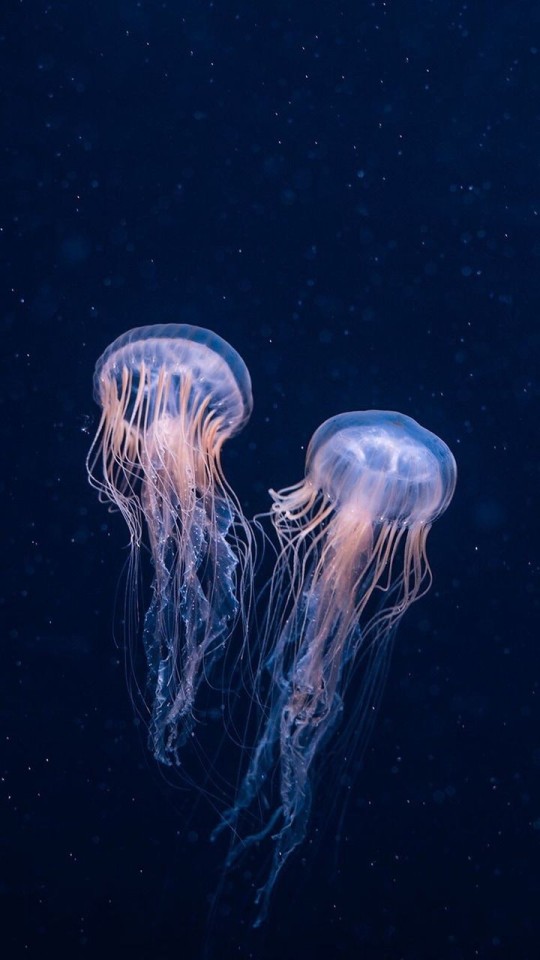
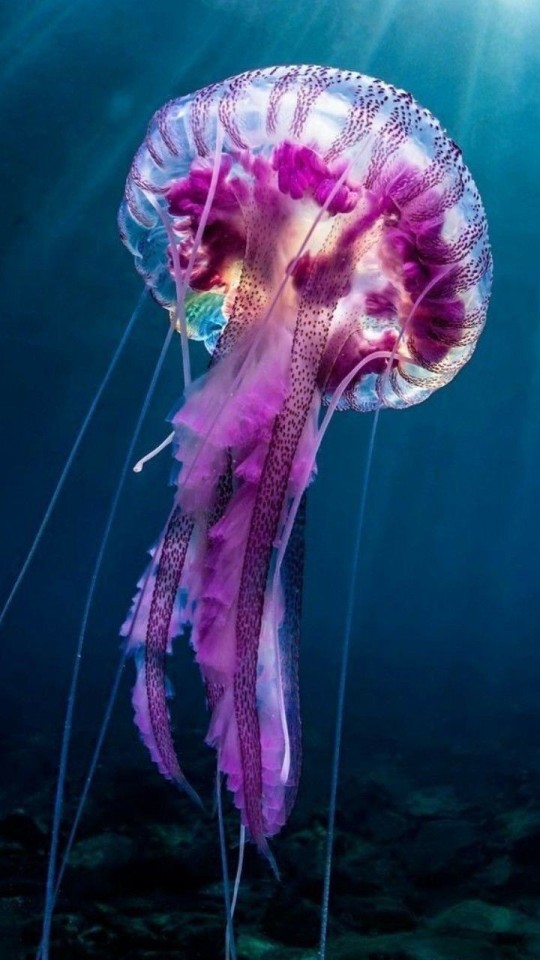
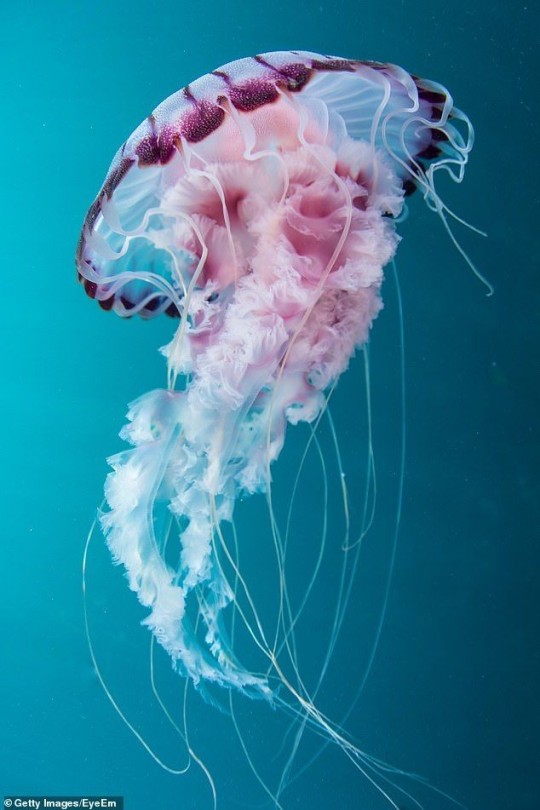

💕 Just a little Jellyfish appreciation post 💕
#ocean#ocean aesthetic#sea#seascape#seacore#river#oceania#oceancore#jellyfish#fish#deep sea#animals#sea creatures#seashells#pirate#lovely#coral reef#waves#water#the look ethereal#sea witch#water element#streams of water#deep ocean#seashore#seaside#mermaid#siren#mermaidcore#beachvibes
1K notes
·
View notes
Text
Please reblog for a bigger sample size!
If you have any fun fact about Australia, please tell us and I'll reblog it!
Be respectful in your comments. You can criticize a government without offending its people.
763 notes
·
View notes
Photo

‘This isn’t a life’: The crushing burden of Long Covid | RNZ News
Ashleigh was saving up to travel overseas in the near future. Now, she's housebound at 28, sometimes even bedbound, unable to drive or walk more than a short distance.
"My mum has had to take care of me a lot this year, and I feel a bit bad for her experience as well."
Michael, 32, was a busy Crown prosecutor. Now he's been disabled for more than 18 months, taking long stretches off work and struggling with his mental health and damaged relationships.
"It's probably the worst thing that's ever happened to me."
Renee was elected as the first Samoan and first female Pasifika on the Palmerston North City Council in 2019.
"It felt like I was just reaching the top of my career, with loads of future potential."
Then she spent a year living on the couch, with a commode toilet next to her because she couldn't walk to the toilet. More than a year later, she can now take a few steps from her chair to the toilet. She can chat with people, if she paces herself, and use the internet. The rest of the time, she sleeps or rests.
"This isn't a life. I'm only hanging on for my kids."
These are just a handful of the heartbreaking stories of New Zealanders with Long Covid, uncovered by a new research project into the extent of what has been described as a "mass disabling event" in New Zealand.
164 notes
·
View notes
Text

#ocean#oceania#oceancore#mermaidcore#beachcore#wave#waves#water#way of water#aqua#aphrodite#aesthetic
419 notes
·
View notes